 O Pioneers!
O Pioneers! (1913) tells the story of the Bergson family in Nebraska. The novel mainly focuses on Alexandra, the eldest child, and Emil, the youngest sibling. At the beginning of the story, Alexandra's father John Bergson is dying. John leaves his land in Alexandra's capable hands, and he wants his family to preserve what he worked for since leaving Sweden to immigrate to America. John considers his eldest sons, Oscar and Lou, to be less capable of managing the property than Alexandra. John has foresight. Over the course of the story, Alexandra repeatedly makes decisions that go against the norm that allow her family's farmland to prosper.
Alexandra has one friend who understands her named Carl Linstrum. When Carl’s family decides to leave Hanover after years of crop failures, Alexandra feels isolated. Later, Alexandra and her brothers divide the land evenly when her brothers marry. She continues to manage her own farm, which becomes the most prosperous on the Divide.
The narrative then skips ahead to sixteen years after Alexandra's father's death. Alexandra has the money to send Emil to college and she raised her younger brother without him ever having to toil on the land. Out of friendship, Alexandra has taken in Ivar, a Russian man that many consider crazy. Since the early days, Ivar advised Alexandra and helped her with the animals. Because of Ivar’s strong love of nature and life, he isolates himself from others and wishes to cause the least damage to the land. Ivar is one of the most interesting characters in the novel. Both he and Alexandra still recall the harsh realities of the land when they first arrived, while other characters seem ashamed of the memory and want to appear "civilized." Alexandra’s meddling brothers want her to send Ivar to an asylum, but she adamantly refuses.
Alexandra's neighbor is a pretty, Bohemian girl named Marie Shabata. Marie was introduced in the first chapter as a child who is Emil's age. She marries Frank, a difficult and brooding man, who is filled with jealousy. They live at the old Linstrum place. Marie tries to find brightness and happiness in what she sees, and Alexandra enjoys her company.
Carl Linstrum returns for a visit after many years away. Carl is mesmerized with Alexandra and is dissatisfied with his own life. As Carl and Alexandra grow closer, Oscar and Lou grow angry. They think that Carl wants Alexandra's land—land that they wrongfully consider theirs. Oscar and Lou believe that Alexandra should not marry at forty, and that she is a fool to let Carl hang around. Sadly, although Alexandra wants Carl to stay, he leaves for Alaska to win success there, and Alexandra is more alone than ever.
Still, Alexandra is more attached to the land than she is to any living person. She embodies the spirit of the pioneer and the land itself. These characteristics leave her ignorant to the emotions of those around her. She fails to see that Emil is deeply attracted to Marie and that Marie wants to reciprocate Emil’s feelings. Emil decides to leave for Mexico, in an attempt to escape his feelings, but while he is there, he writes letters to both Alexandra and Marie. Marie is struggling to hide herself from Emil's love for her. When Emil returns to Hanover a year later, he kisses Marie in the middle of a church crowd while everyone is in the dark. In stunning simplicity, no one notices anything has happened, though Marie and Emil’s worlds have shifted. Marie pleas with Emil to leave because she cannot live with him nearby. When Emil comes to say goodbye, he sees Marie under a white mulberry tree. Her husband Frank sees them together, and he shoots and kills them both in a terrifying and bloody scene.
Alexandra is shocked and lost. She dreams more often of a man of enormous strength who can pick her up and carry her over her fields. She resolves to try to help Frank who is now in prison, and surprisingly places more blame for the murder on her brother and Marie. She learns that Carl has returned upon hearing the news. At last, Carl and Alexandra decide to marry.
The novel entwines two stories into one. The underlying story is about Alexandra and the land and her determination. The second story is about Emil and Marie’s love for one another and its consequences. Cather has an understanding of how decisions have consequences. What is known and hidden in character’s hearts shines through in her portrayals. The story is harsh, true, and believable, and amid the land's richness, this book is a gem.
Favorite Quotes:
"It's by understanding me, and the boys, and mother, that you've helped me. I expect that is the only way one person ever really can help another."
"Then the Genius of the Divide, the great, free spirit which breathes across it, must have bent lower than it ever bent to a human will before. The history of every country begins in the heart of a man or a woman."
"The grain is so heavy that it bends toward the blade and cuts like velvet."
" Isn’t it queer: there are only two or three human stories, and they go on repeating themselves as fiercely as if they had never happened before; like the larks in this country, that have been singing the same five notes over for thousands of years."
"The veil that had hung uncertainly between them for so long was dissolved. Before she knew what she was doing, she had committed herself to that kiss that was at once a boy's and a man's, as timid as it was tender; so like Emil and so unlike any one else in the world. Not until it was over did she realize what it meant. And Emil, who had so often imagined the shock of this first kiss, was surprised at its gentleness and naturalness. It was like a sigh which they had breathed together; almost sorrowful, as if each were afraid of wakening something in the other."
"How terrible it was to love people when you could not really share their lives!"
Related Reviews:
Death Comes for the Archbishop by Willa Cather
A Lost Lady by Willa Cather
Purchase and read books by Willa Cather:

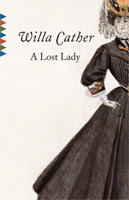

©
penciledpage.com
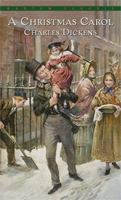
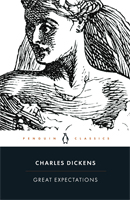



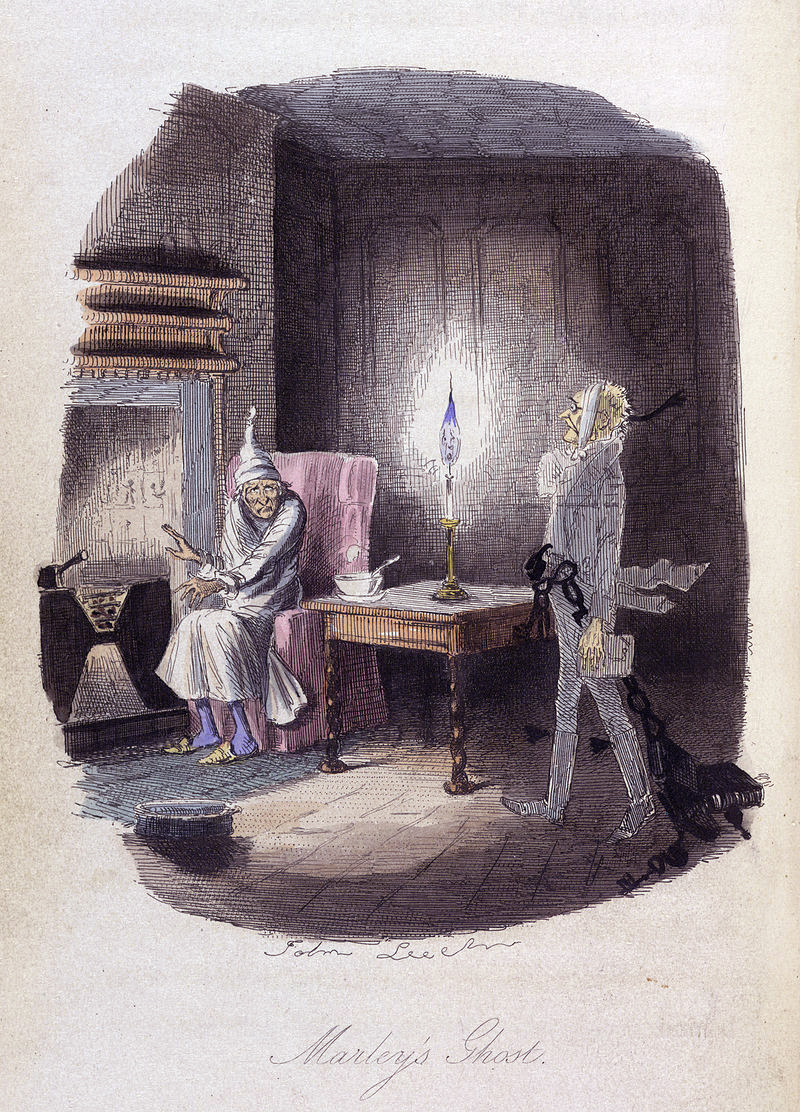

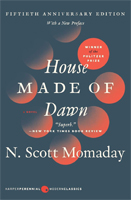

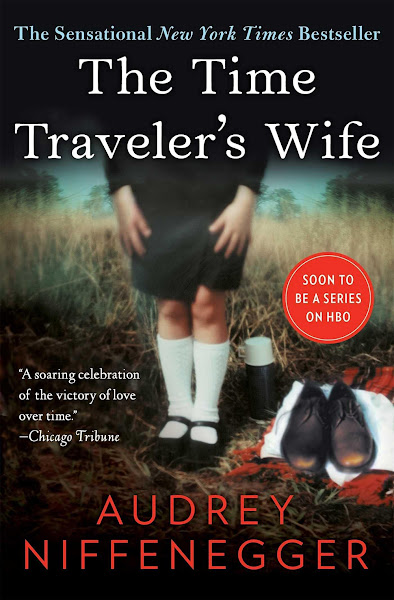

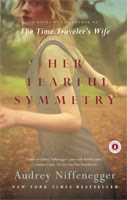



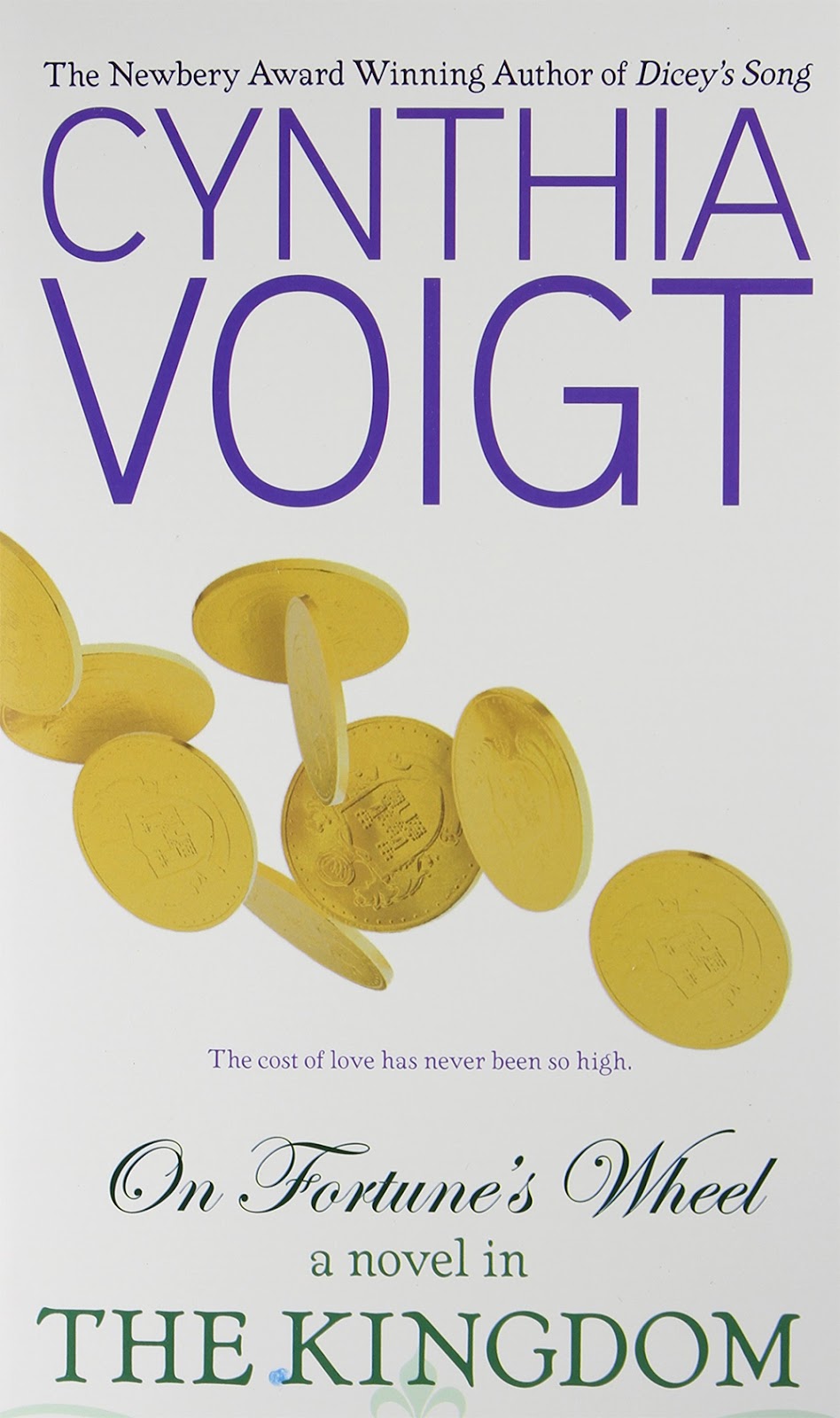
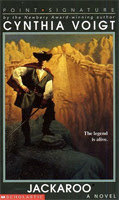







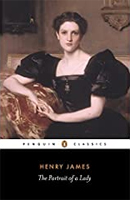

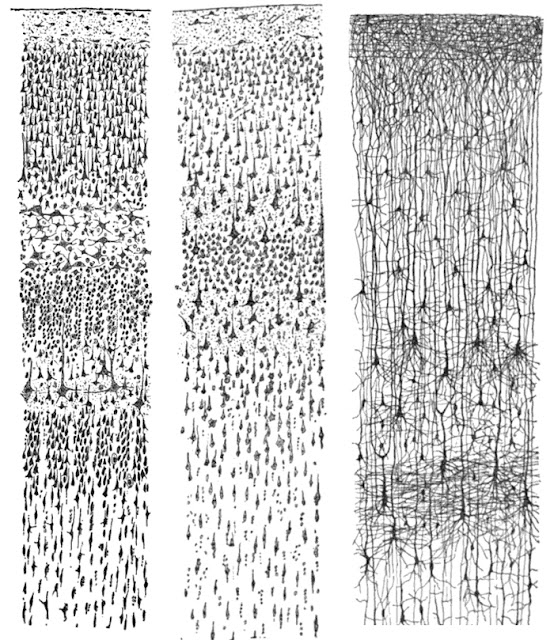



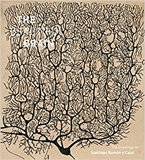



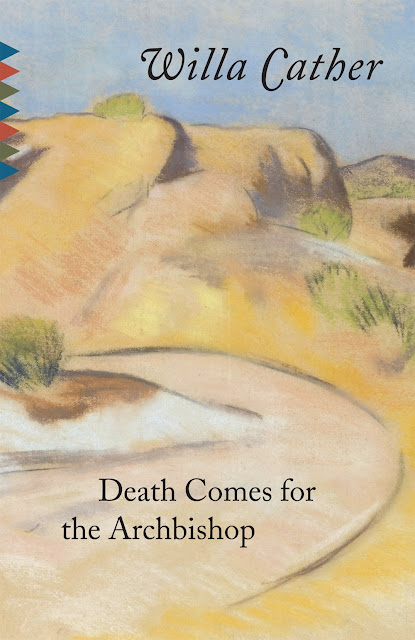





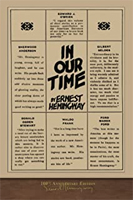
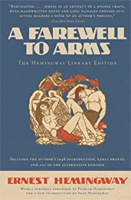












Search This Website